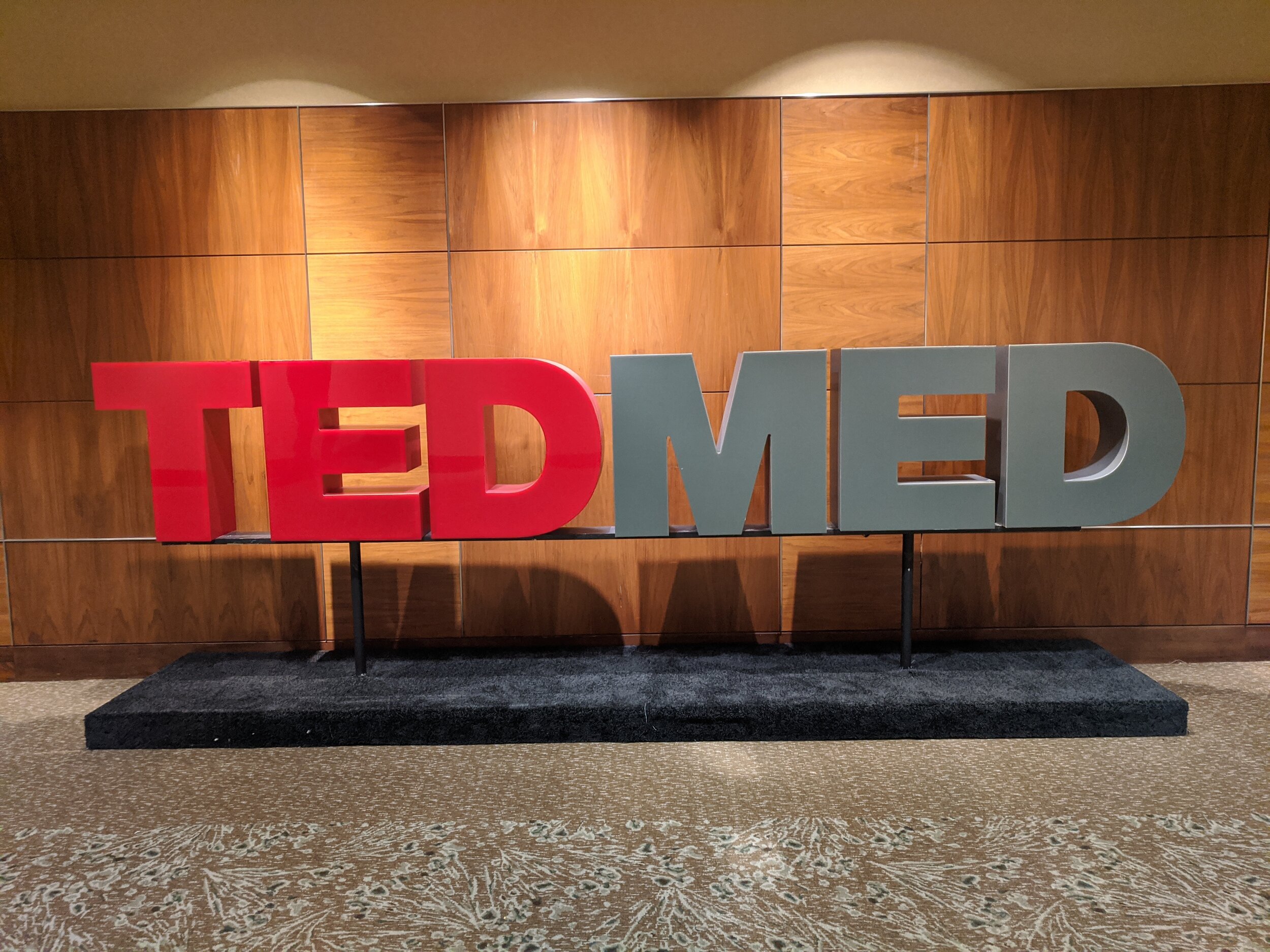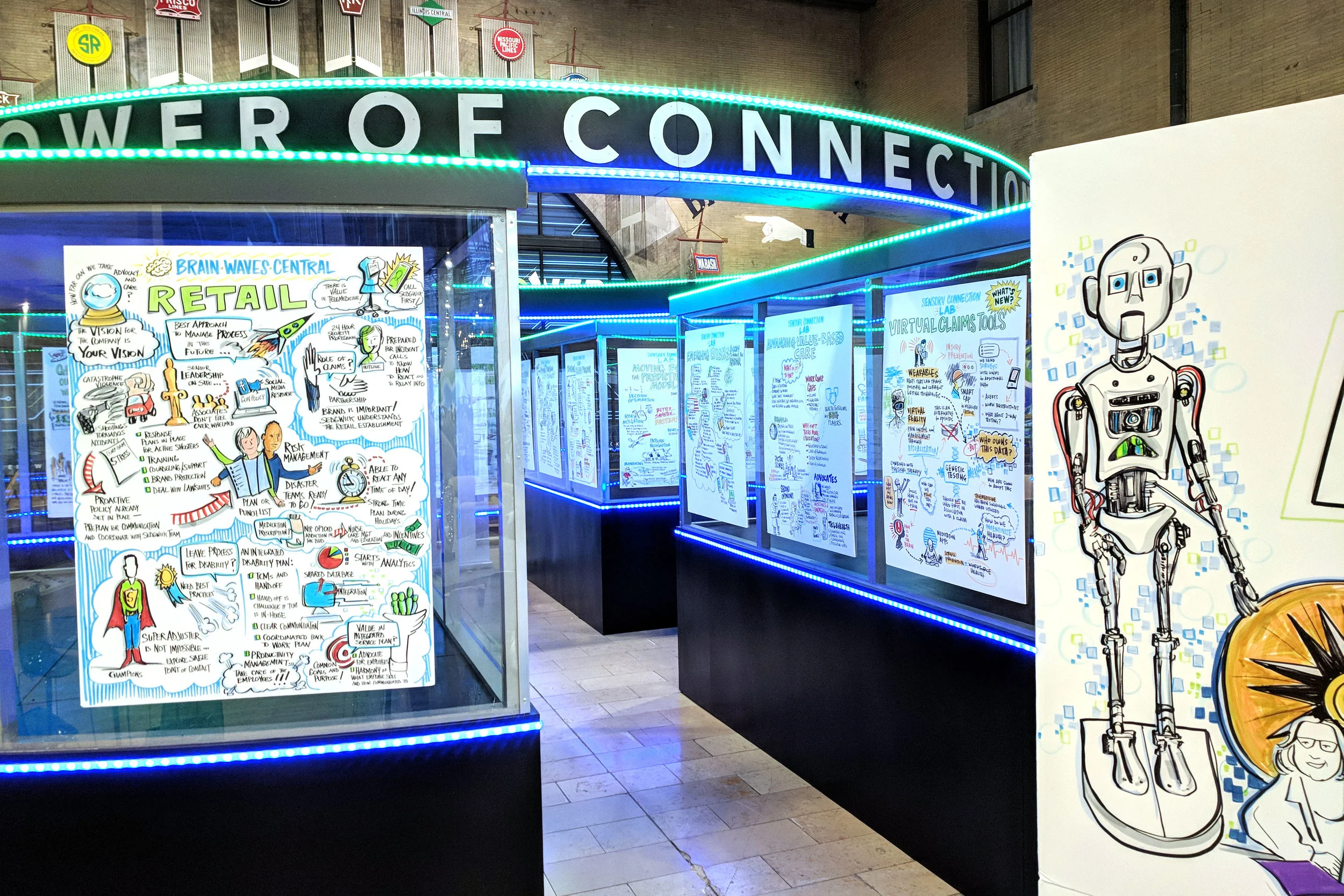FastCompany: Design Thinking... What is That?
/by Mark Dziersk
The methodology commonly referred to as design thinking is a proven and repeatable problem-solving protocol that any business or profession can employ to achieve extraordinary results.
Although Design is most often used to describe an object or end result, Design in its most effective form is a process, an action, a verb not a noun. A protocol for solving problems and discovering new opportunities. Techniques and tools differ and their effectiveness are arguable but the core of the process stays the same. It's taken years of slogging through Design = high style to bring us full circle to the simple truth about design thinking. That it is a most powerful tool and when used effectively, can be the foundation for driving a brand or business forward.
Basically Design thinking consists of four key elements:
1: Define the problem
2: Create and consider many options
3: Refine selected directions
4: Pick the winner, execute
















